The race to develop autonomous vehicles (AVs) has been slower than hoped, but it could be about to pick up pace.
Disillusioned by the limited progress of in-car technology, companies are shifting their attention from self-driving vehicles to the roads they will drive on. The goal is to accelerate the time taken to bring AVs to market – perhaps dramatically.
One of the most ambitious examples of this new focus is in Michigan, US, where Ford and General Motors (GM) have their respective headquarters. It’s also where Michigan State and Cavnue, an infrastructure start-up launched by Sidewalk Infrastructure Partners, last year announced a partnership to build the world’s first large-scale AV-dedicated roads.
The project covers the 40 miles between Detroit and Ann Arbor. The premise is to deploy AVs more quickly by using infrastructure to overcome unsolved problems with existing technology. “Rather than wait for what the Society of Automotive Engineers calls Level 5 autonomy,” Cavnue has said, “we can unleash the power and promise of existing technological advancements for near-term practical benefits through connected and autonomous vehicle corridors.”
Collin Castle, intelligent transportation systems programme manager at Michigan Department of Transportation, is similarly buoyant. He has told the Talking Michigan Transportation podcast he hopes to see the Detroit-to-Ann Arbor road “fully implemented, and services thriving” in five years.
By comparison, most experts predict it will take decades to develop fully independent AVs that can drive on roads with humans – in other words, Level 5 driverless cars.
In a lane of their own
So how will the Michigan road accelerate AV development? The short answer is by instantly improving AV safety.
The Michigan project is currently in a two-year consultation phase to thrash out details before building begins in 2023, so the precise technology to be used for the road is not yet confirmed. But Castle has suggested that this could include special signage that AVs find easier to read and ‘smart’ junctions.
“There are things you can do in the physical infrastructure, like better lane markings and potentially machine-readable signage. We’ve learned about things like our digital infrastructure, and how mapping our infrastructure and allowing for connectivity to signalise intersections can allow for these technologies to more safely operate,” he said.
“If you combine all of these attributes into a single corridor between, for example, Detroit and Ann Arbor, [autonomous] vehicles can really be optimised. They can really operate in a safe and efficient manner.”
The other benefit of the Michigan project is that it separates AVs from human drivers, which should further improve passenger safety.

Current AV technology performs well in many situations, says Andrew Morris, professor of human factors in transport safety at Loughborough University, but “the way they can interact with human drivers is a little bit worrying”. AVs have had difficulty recognising humans, resulting in fatal accidents.
Furthermore, even when they observe legal road rules perfectly, AVs are still prone to accidents with human-driven cars. Indeed, this fidelity to rules is often the problem.
“If a traffic light changes from green to amber, humans will go straight through the intersection,” said Morris. “But an AV will very rigidly slow down [risking an accident]. There are so many implicit road codes we use as human drivers that AVs won’t understand.”
Simple connectivity
Physical infrastructure is a key part of the Michigan project but digital infrastructure, such as 5G data networks and the development of so-called smart cities, is also a focus of the infrastructure turn.
This year, one of the world’s first smart city hubs will be created. Future Mobility Campus Ireland (FMCI) will collaborate with Jaguar Land Rover (JLR) and a host of other global technology companies to develop the facility. Located in Shannon Free Zone, near Limerick, Ireland, the project will transform a business park into a smart city.
Equipped with sensors, location systems, ‘smart’ junctions and connected roads, the eight-mile hub will use a fleet of autonomous Jaguar I-Pace EVs to research how selfdriving cars can share streets with cars, walkers and cyclists. FMCI CEO Russell Vickers said it will focus on “the connectivity infrastructure more than anything,” especially 5G networks.
Why 5G? Because it’s up to 100 times faster than 4G, with zero latency (the time it takes for a device to make a request to a server and get a response). Vickers said: “When you’re streaming a video on your phone in 4G or 5G, it’s imperceptible to most people if your Netflix video starts half a second earlier.” But with AVs, the margins are fine: that half-second delay in information could cause an accident.
The 5G connectivity being trialled at JLR’s Ireland hub will also connect vehicles to smart traffic lights and junctions to improve traffic flow and allow AVs to alert each other to changes in road conditions.
Like specialist physical infrastructure, these changes can help mitigate shortcomings in existing AV technology.
Are there any road blocks?
There are issues with the change of focus towards infrastructure. Space, for example, is likely to be a problem for projects that involve physical changes.
Morris said: “Providing dedicated lanes is already difficult enough with cycling lanes. In a lot of towns, there are extraordinary situations where you get a cycle lane for 100 metres and then it disappears. That’s going to be the same for autonomous vehicle lanes, and in cities where you’ve got a relatively narrow latency to weight lanes, it’s going to be really difficult to find the space.”

Whether such infrastructural changes will be cost viable is another barrier to proposals to accelerate AV development by reshaping infrastructure. Jonathan Winer, co-founder of Cavnue, recently estimated that it could cost $10 million (£7.2m) per mile, maybe significantly more, to refit roads to accommodate AVs, which inevitably raises questions about cost-effectiveness.
And the threat of cyber attacks, which AVs would be particularly vulnerable to on an interconnected network, is a worry for consumers. Governments and companies will need to reassure the public, to which end progress is already being made. Zenzic, a not-for-profit organisation, has recently awarded £1.2m to seven cyber security projects in this area in the UK.
Despite outstanding questions, though, the overall feeling in the industry about AV-friendly infrastructure’s potential is warm. The Michigan road is only just into its initial two-year consultation phase but already has earned interest from big hitters. Google-owned self-driving firm Waymo, Ford and GM are all advising its development. FMCI lists several global technology companies, including Cisco, Seagate and Renovo, as partners helping to develop the facility in conjunction with JLR.
These commitments signal how seriously the car world is taking such ventures. The next few years will determine whether the public should share their optimism.
READ MORE
Jaguar Land Rover to create smart city ‘hub’ to test self-driving cars

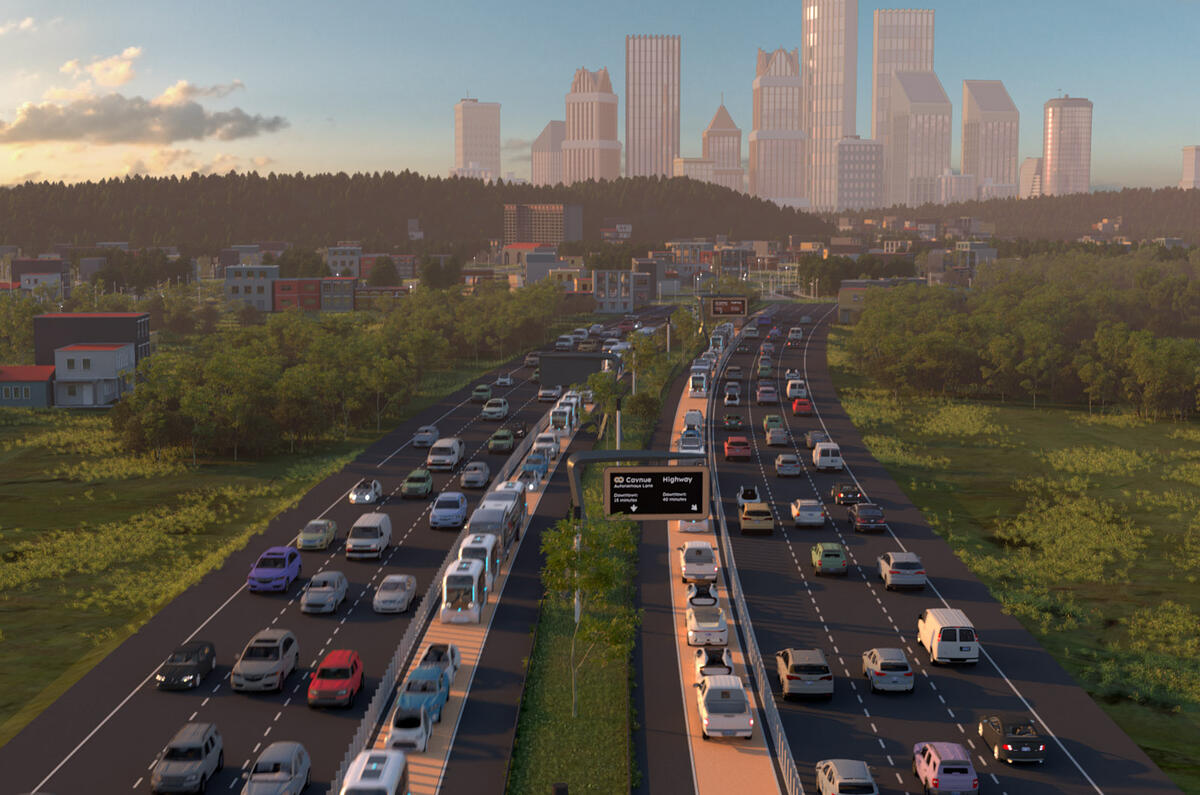
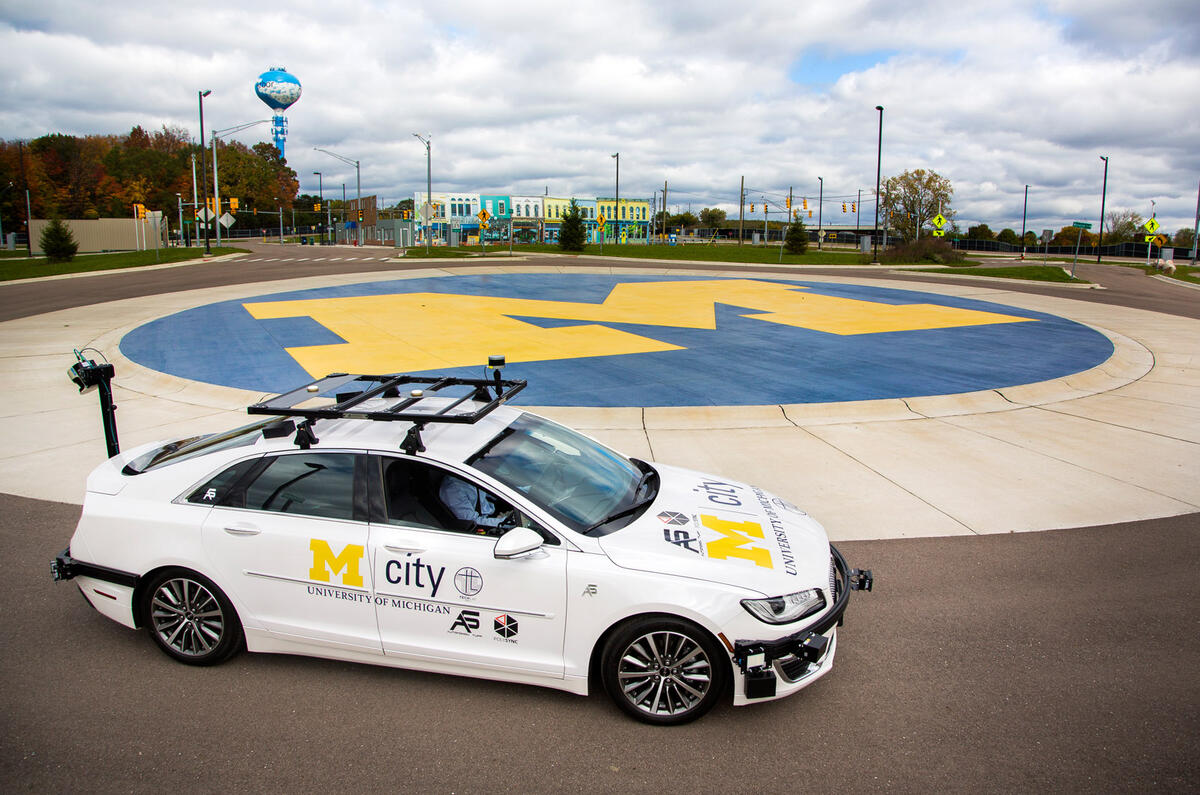

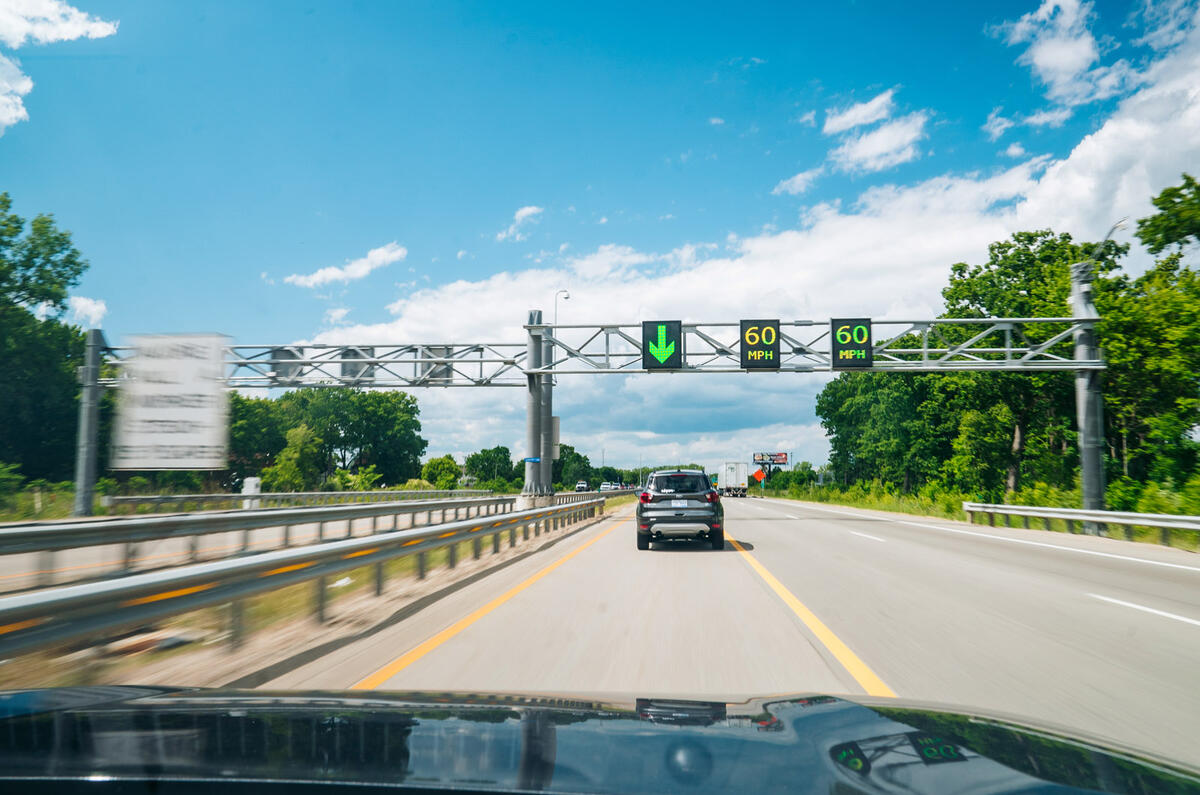

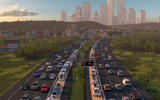
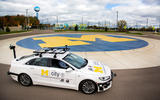





Join the debate
Add your comment
Lets hope autocar are not in charge of the software
Lol. Yes. "Please describe the circumstances leading up to the accident: The car was still loading up the badly formatted adverts".
The article asks "Why 5G?" and gives an answer that, in the first instance, briefly looks back to 4G. Surely the question should be "This is technology that is about the future, why not 6G?" Of course they can only work with the technology available to them, now, but they should at least be in the room with the Universities and networks that are developing now. 6G compatible chips already exist, in prototype form at least, and China have already launched a swarm of 6G death ray satellites to test bandwidth, if not death rays.
Without this it's all a bit "the infrastructure 'aint good enough" which is the most common, specious, argument against future progress, considering the addition of the word "now" deals with it (and even though those that already mourn the rapid deletion of a clutch pedal will be getting a fit of the vapours at all of this).
While I accept travel will change in the coming future, I don't think it's going to be firmly bedded in,safe, taken for granted in the next five years or so, it's just too huge to implement, and consolation with whoever is involved in doing it,and, indeed,us, the people who will use it, I tend to see it as a suck it n see,and of course the eternal questions ,how much?, which taxes will pay for it, I'm sure others will have there questions about it.